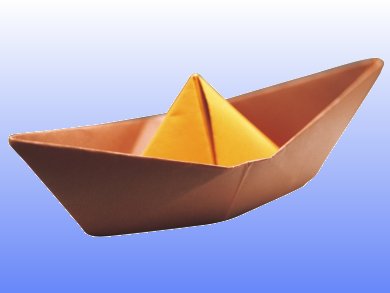DNA origami uses the self-assembling properties of DNA’s four complementary base pairs to form shapes such as stars, rhomboids, snowflakes, simple words and even maps. Hao Yan, Yan Liu and colleagues, Arizona State University, USA, have extended this to produce curved structures not possible before.
Simple 2-dimensional concentric rings were initially produced. These were bound together by strategically placed crossover points. Varying the number of nucleotides between crossover points and the placement of crossovers allowed control over the curvature. To demonstrate this, the team made spheres, hemispheres, ellipsoid shells, and a round-bottomed nanoflask.
The closed, 3D nanoforms could find use as delivery agents for the targeted and controlled release of drugs or as nanoreactors for chemical reactions — perhaps a task for the nanoflask?
- DNA Origami with Complex Curvatures in Three-Dimensional Space
D. Han, S. Pal, J. Nangreave, Z. Deng, Y. Liu, H. Yan,
Science 2011, 332(6027), 342—356.
DOI: 10.1126/science.1202998 - Images and videos of the structures can be found here >>>



